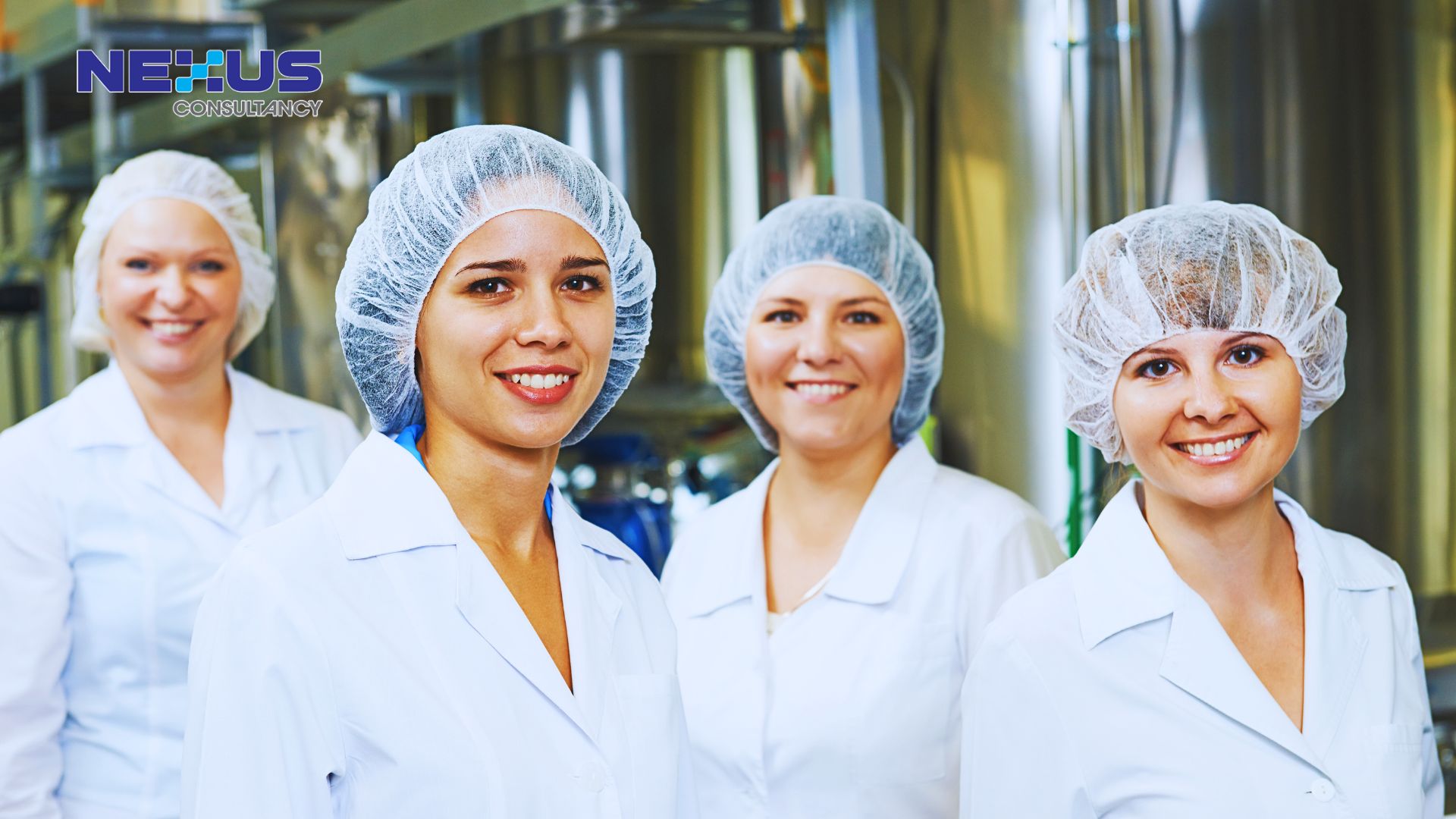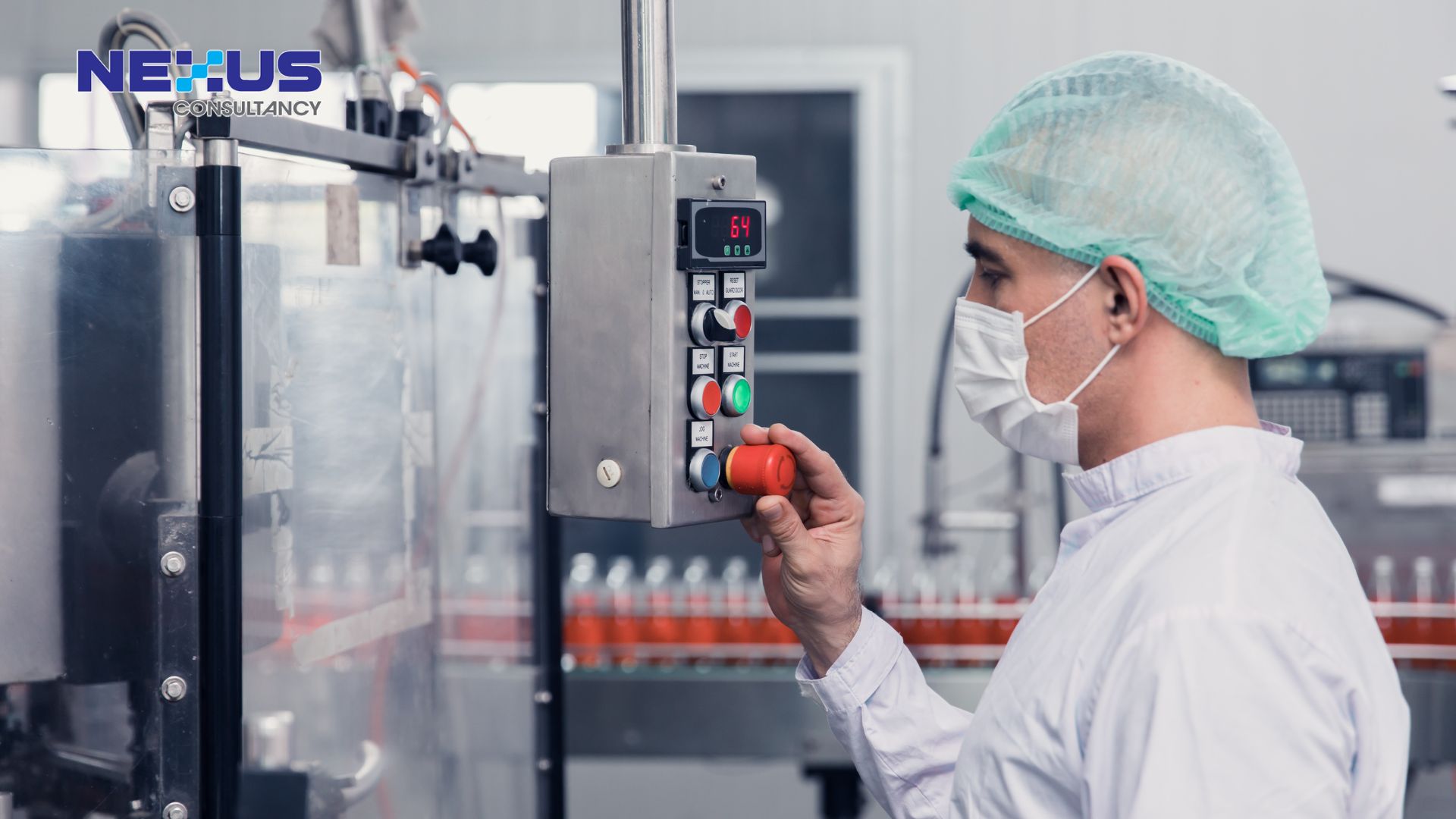
Danielle Tan
Chief Operating Officer
Explore the latest technological innovations in cleaning and verifying food transport tanks. Discover how cutting-edge solutions improve hygiene, efficiency, and compliance in food transportation, ensuring safe delivery from source to destination.
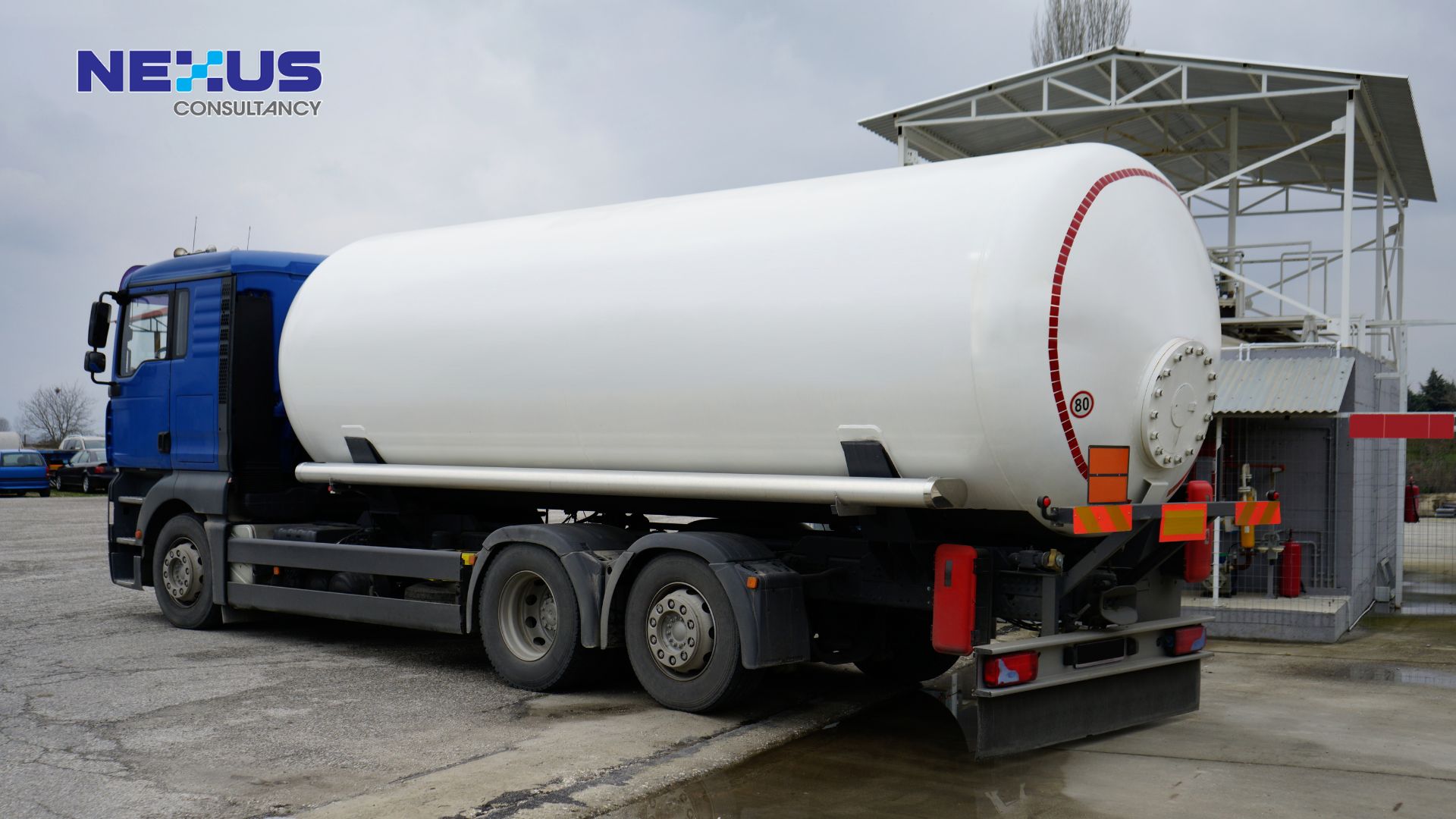
In the food industry, maintaining clean and sanitary transport tanks is a cornerstone of food safety. Contaminants left behind from previous loads can introduce allergens, harmful microorganisms, or unwanted chemicals to new food products, risking foodborne illnesses and damaging product quality. Modern technology has advanced cleaning and verification processes for food transport tanks, making them more efficient, thorough, and compliant with food safety standards.
The Challenge of Ensuring Tank Cleanliness
Transporting food in bulk, especially unpackaged products like liquids, exposes them to contamination risks because they come into direct contact with tank surfaces. Leftover residues or microorganisms can significantly compromise food safety. Traditional cleaning methods often rely on visual inspections, which are insufficient for guaranteeing safety, as many contaminants cannot be seen with the naked eye.
Technological advancements in tank cleaning and verification now enable the food industry to achieve a higher standard of cleanliness. By using advanced cleaning systems like CIP and COP, combined with rigorous microbiological testing, companies can effectively mitigate contamination risks and meet stringent food safety requirements such as those outlined in ISO 22000:2018 and ISO/TS 22002-5:2019.
Cleaning-in-Place (CIP): A Game-Changer for Food Transport Tanks
Cleaning-in-Place (CIP) has transformed the way transport tanks are cleaned, offering a thorough, automated solution that does not require dismantling equipment. CIP systems circulate cleaning solutions, such as water and detergents, through the tank’s internal surfaces, using high pressure to dislodge contaminants and sanitize the tank interior. The benefits of CIP for food transport tank cleaning are considerable:
- Efficiency and Consistency: CIP systems automate the cleaning process, reducing manual labor and ensuring a consistent cleaning quality each time. This is especially beneficial in high-demand operations where transport tanks need to be turned around quickly. Automation also minimizes human error, ensuring that cleaning protocols are followed precisely.
- Enhanced Cleaning Precision: CIP systems can be customized to address specific cleaning needs, such as targeting residues of certain allergens or neutralizing microorganisms. Automated systems can control and adjust variables like temperature, cleaning agent concentration, and pressure to optimize cleaning for different types of food products.
- Cost Savings Over Time: Although CIP systems require an upfront investment, they ultimately save costs by reducing the need for manual labor, limiting water and detergent usage, and cutting down on downtime. These efficiencies help food manufacturers improve their bottom line while maintaining food safety standards.
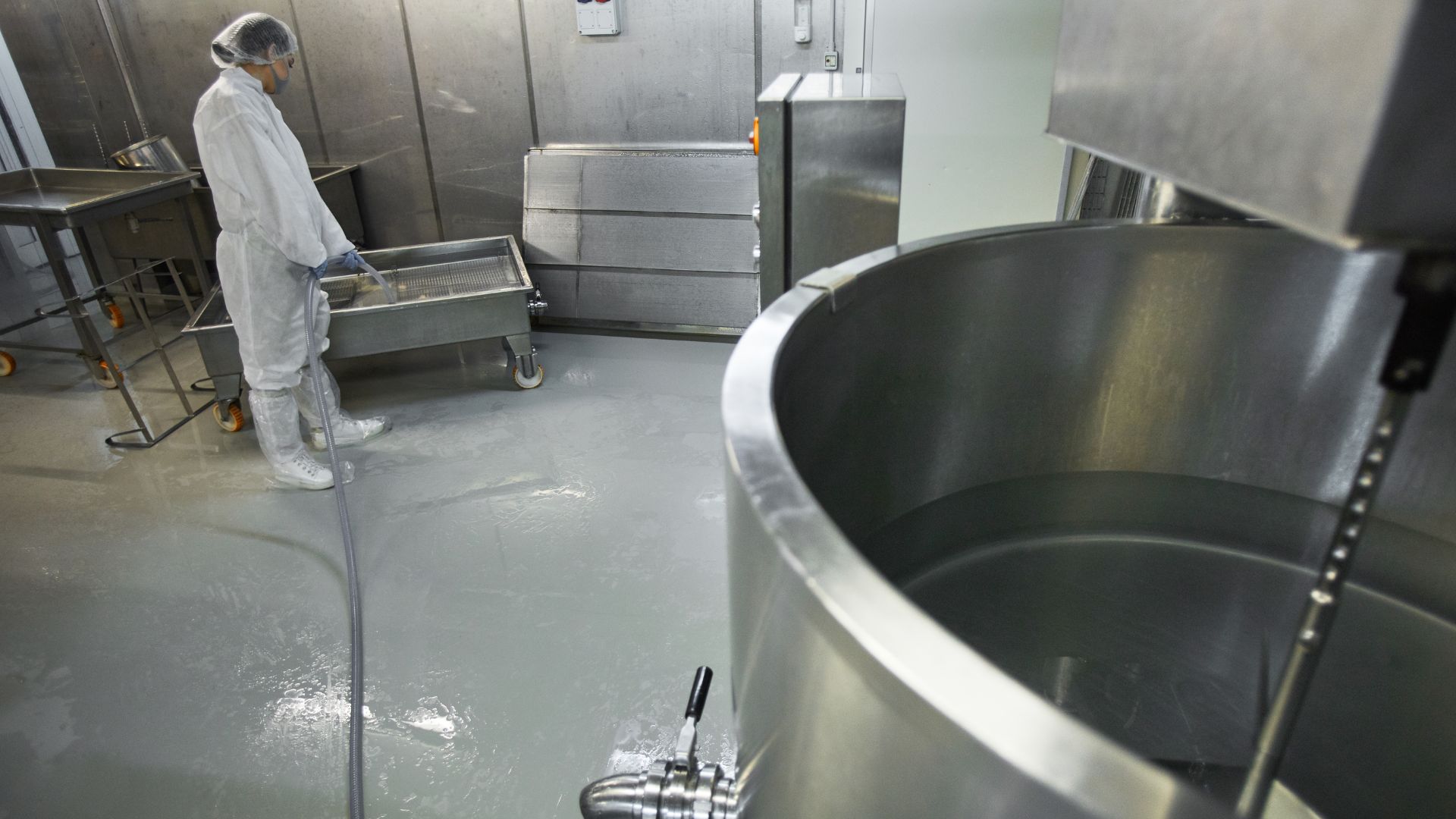
Cleaning-out-of-Place (COP): Ensuring Thorough Cleaning for Removable Parts
While CIP is ideal for cleaning stationary tanks, Cleaning-out-of-Place (COP) is used for components that must be disassembled and cleaned separately. COP involves removing parts like hoses, connectors, and valves from the tank and cleaning them in a dedicated wash area or tank. These removable components can harbor residues or bacteria that are difficult to reach with CIP systems alone.
COP offers several advantages that make it an essential part of the cleaning process:
- Targeted Cleaning for High-Risk Areas: Certain parts of the transport tank, like connectors or hoses, are more prone to residue buildup. COP enables cleaning personnel to focus on these high-risk areas, ensuring that every component of the tank meets food safety standards.
- Deep Cleaning for Complex Assemblies: Removable parts often contain complex designs, such as tight joints and narrow channels, where contaminants can hide. By immersing these parts in a cleaning solution, COP ensures thorough sanitation that reduces the risk of contamination.
- Flexibility in Cleaning Solutions: COP allows for specific cleaning treatments based on the type of contaminant. Components can be soaked in tailored solutions to target allergens or microbial biofilms, ensuring that all potential hazards are effectively neutralized.
When used in combination, CIP and COP provide a comprehensive cleaning solution, addressing both the stationary tank surfaces and detachable parts, which is essential for ensuring the highest level of cleanliness in food transport tanks.
Microbiological Testing: Verifying the Effectiveness of Cleaning Processes
Even with advanced cleaning systems, verification remains a critical step in ensuring that transport tanks meet food safety standards. Microbiological testing is used to confirm that cleaning processes have effectively eliminated any harmful microorganisms. This testing involves sampling tank surfaces after cleaning and analyzing them for microbial presence, ensuring that the cleaning was successful in controlling contamination risks.
- Surface Swab Tests: A common method of microbiological testing involves swabbing tank surfaces and analyzing the samples in a laboratory. These tests detect bacteria, mold, or yeast that may remain after cleaning, providing insight into the effectiveness of the cleaning protocol. If contaminants are found, it indicates that cleaning procedures need to be re-evaluated.
- ATP Bioluminescence Testing: ATP (adenosine triphosphate) bioluminescence is a rapid testing method that detects organic material on tank surfaces. Because ATP is present in all living cells, its detection indicates residual contamination, even if microorganisms are not directly visible. ATP testing provides instant feedback, allowing cleaning personnel to take immediate corrective action if needed.
- PCR and Culture Tests: For a more in-depth microbial analysis, Polymerase Chain Reaction (PCR) and culture tests can be used to identify specific bacterial strains. This is particularly important for detecting high-risk pathogens like E. coli, Salmonella, or Listeria, which can thrive in improperly cleaned tanks. PCR provides high accuracy, while culture tests allow for further analysis of the contamination level and appropriate mitigation steps.
Microbiological testing plays an invaluable role in food safety compliance by providing verification that cleaning processes are not only followed but are also effective in eliminating potential hazards.
Benefits of Technology in Food Safety Compliance
The combined use of CIP, COP, and microbiological testing enhances food safety in several ways:
- Reduced Risk of Contamination: Advanced cleaning and verification methods greatly reduce the risk of cross-contamination, safeguarding food products from chemical residues, allergens, and microbial threats. This is crucial for maintaining public health and upholding a company’s reputation.
- Compliance with Food Safety Standards: Food safety standards like ISO 22000:2018 require thorough cleaning and verification procedures. Technological advancements in cleaning methods and testing make it easier for food manufacturers to comply with these standards, avoiding potential regulatory issues and product recalls.
- Increased Operational Efficiency: Automation in cleaning through CIP and rapid verification through ATP testing improve operational efficiency. Tanks can be cleaned, verified, and readied for the next load in a shorter timeframe, which is essential for high-demand food transport operations.
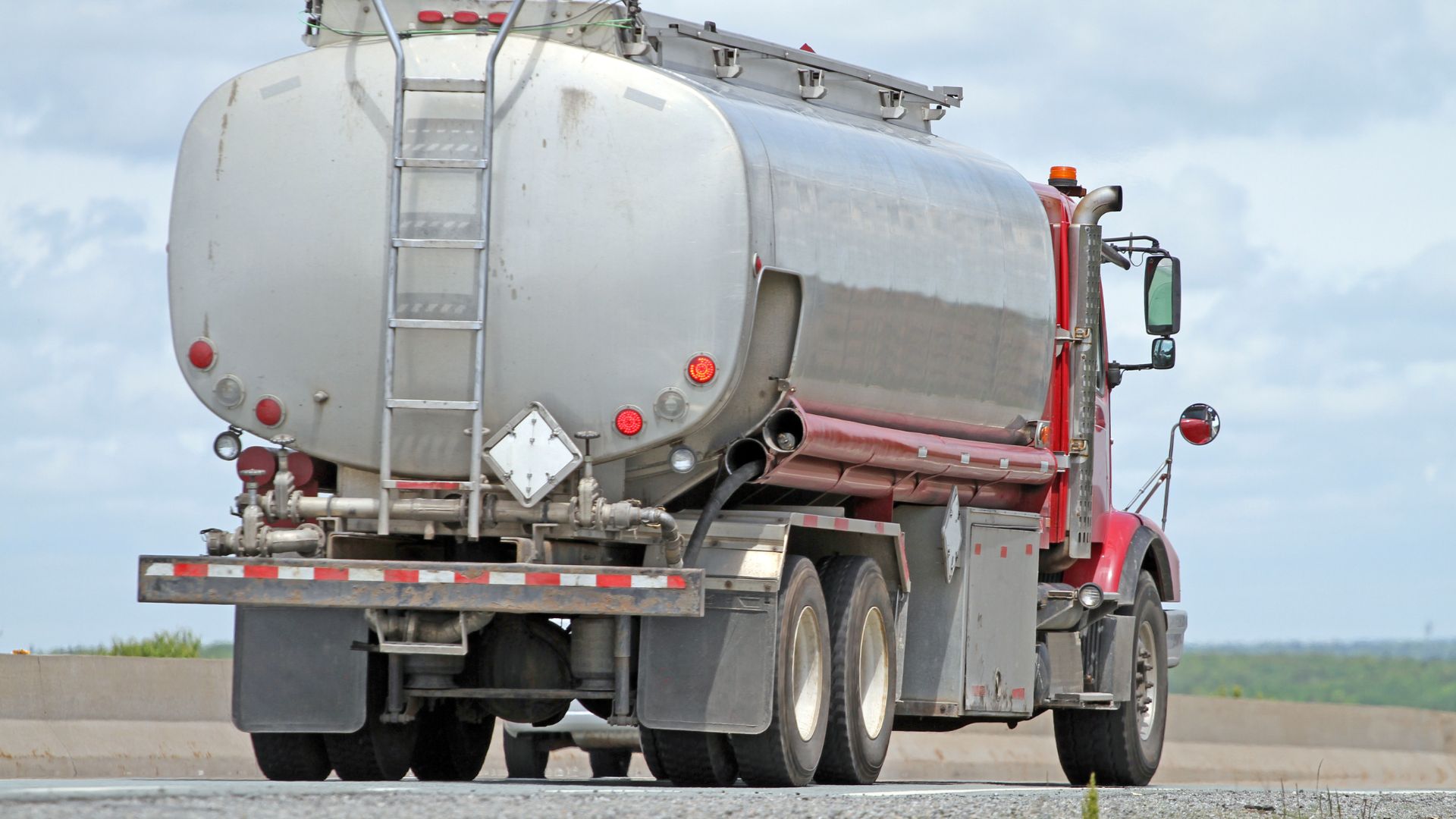
Conclusion
Modern technology has transformed the cleaning and verification of food transport tanks, providing robust solutions that support food safety compliance. Cleaning-in-Place (CIP) and Cleaning-out-of-Place (COP) systems offer comprehensive, efficient cleaning, while microbiological testing verifies the effectiveness of these processes, ensuring that tanks meet the highest food safety standards. For food manufacturers, adopting these advanced cleaning and verification technologies is essential not only for regulatory compliance but also for protecting consumers and maintaining product integrity. In a fast-paced industry, investing in these technologies enhances both food safety and operational efficiency, making them invaluable for today’s food transport operations.
Reference:
- Food Safety System Certification 22000 Guidance Document: Transport Tank Cleaning.
- ISO 22000:2018 Food Safety Management Systems- Requirements for Any Organization in the Food Chain.
- ISO 22005-1:2019 Prerequisite Programs on Food Safety Part 5: Transport and Storage.
Curious to learn how your organization can ensure Food Safety in Transport Tank Cleaning? Get in touch with us now for more information.
